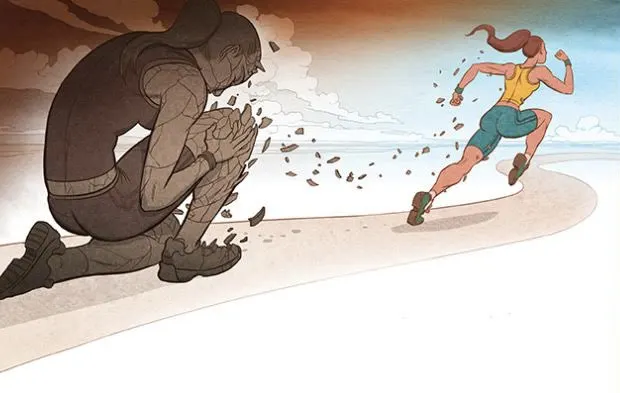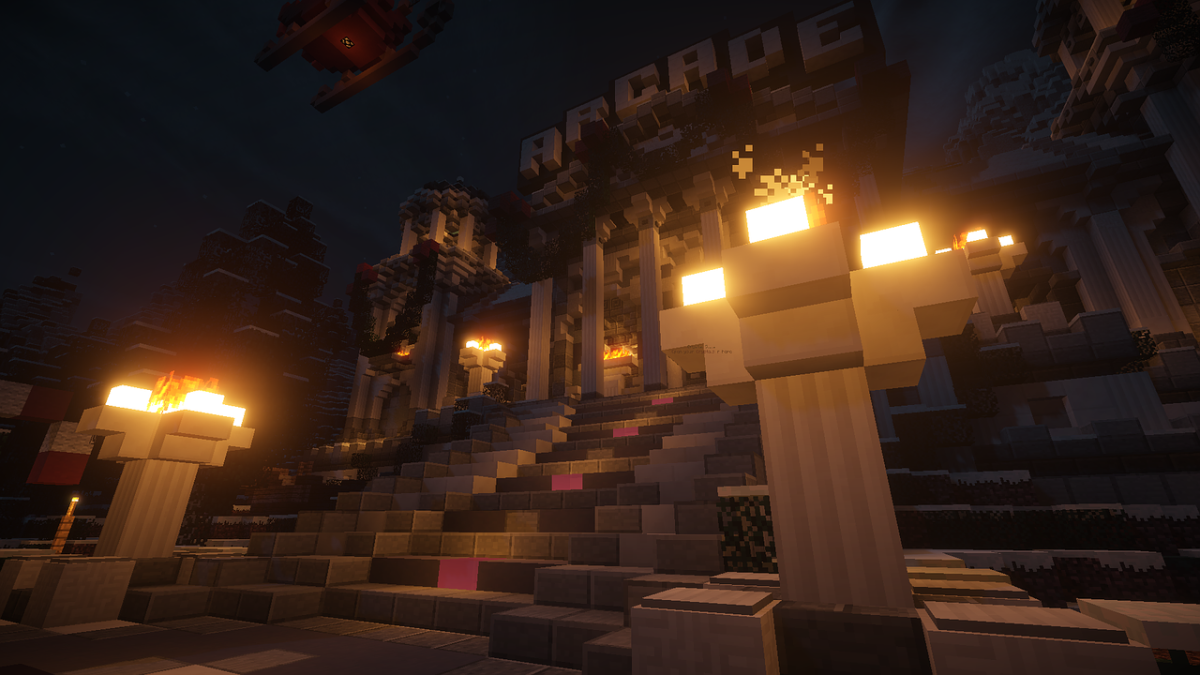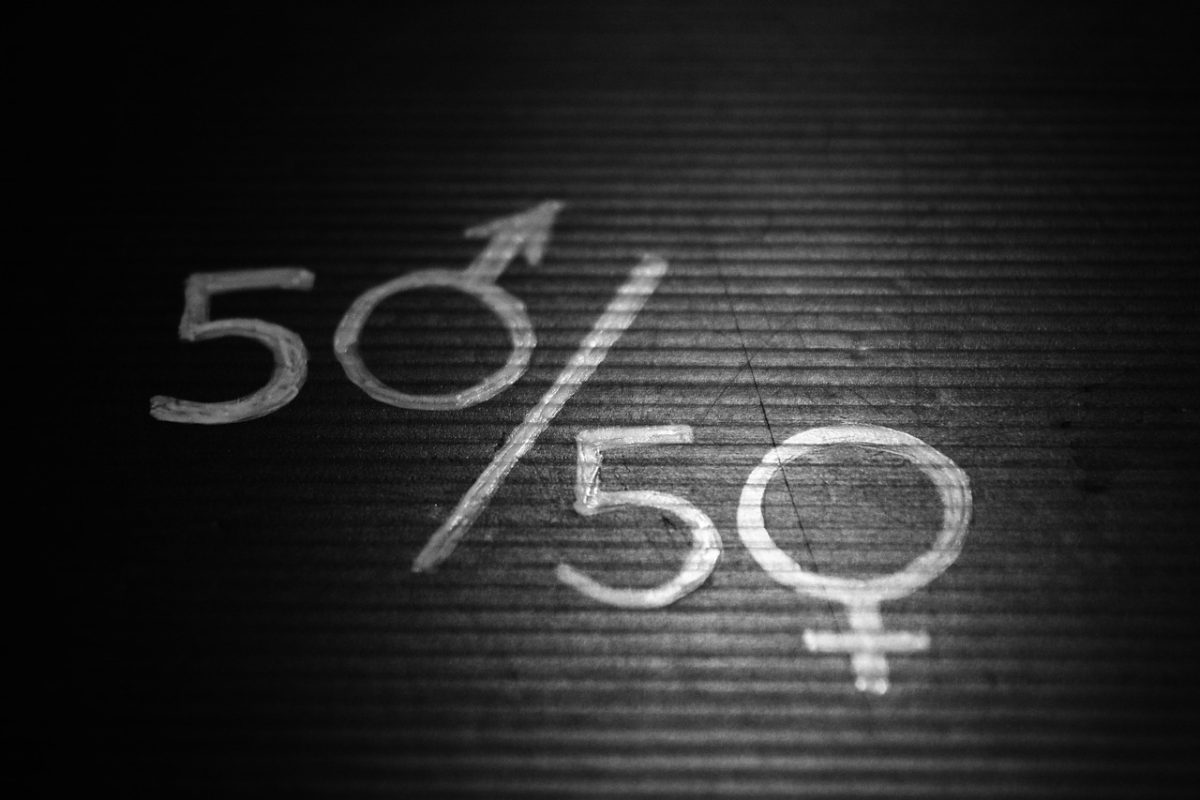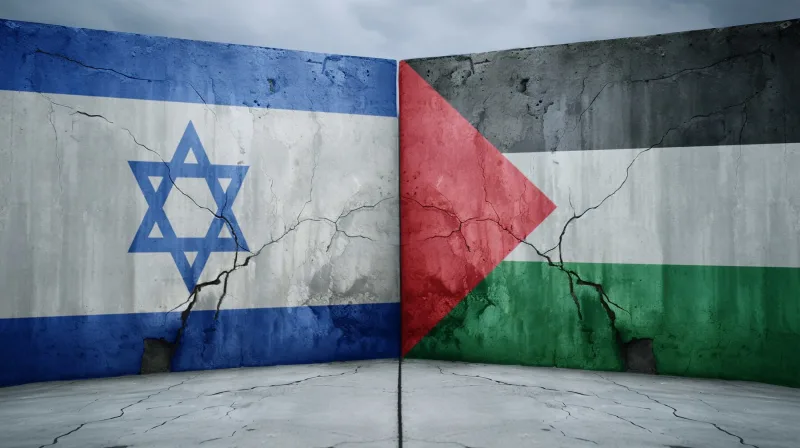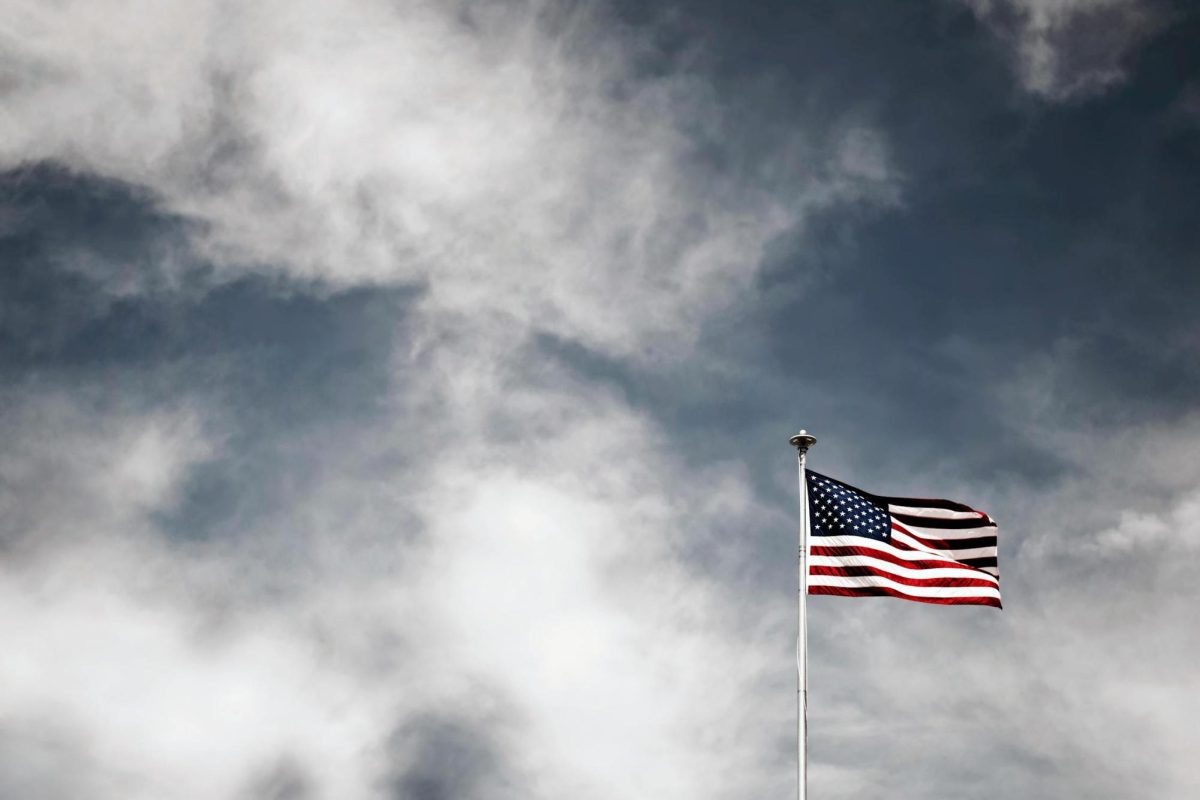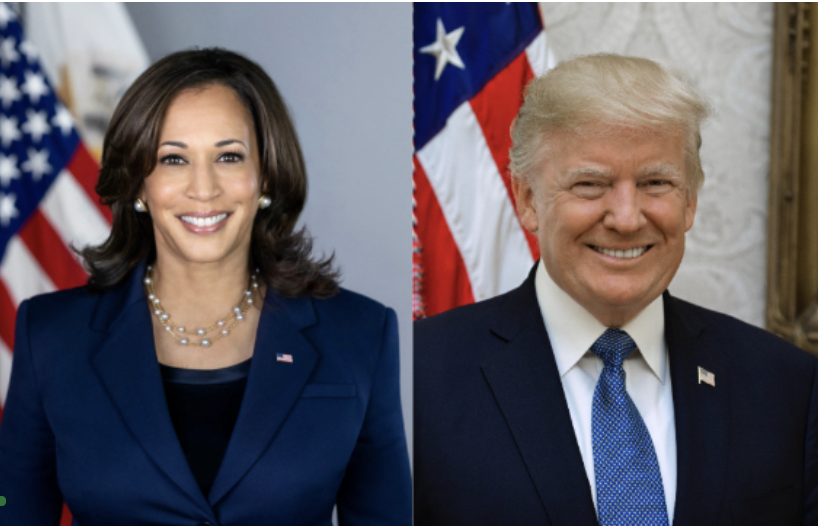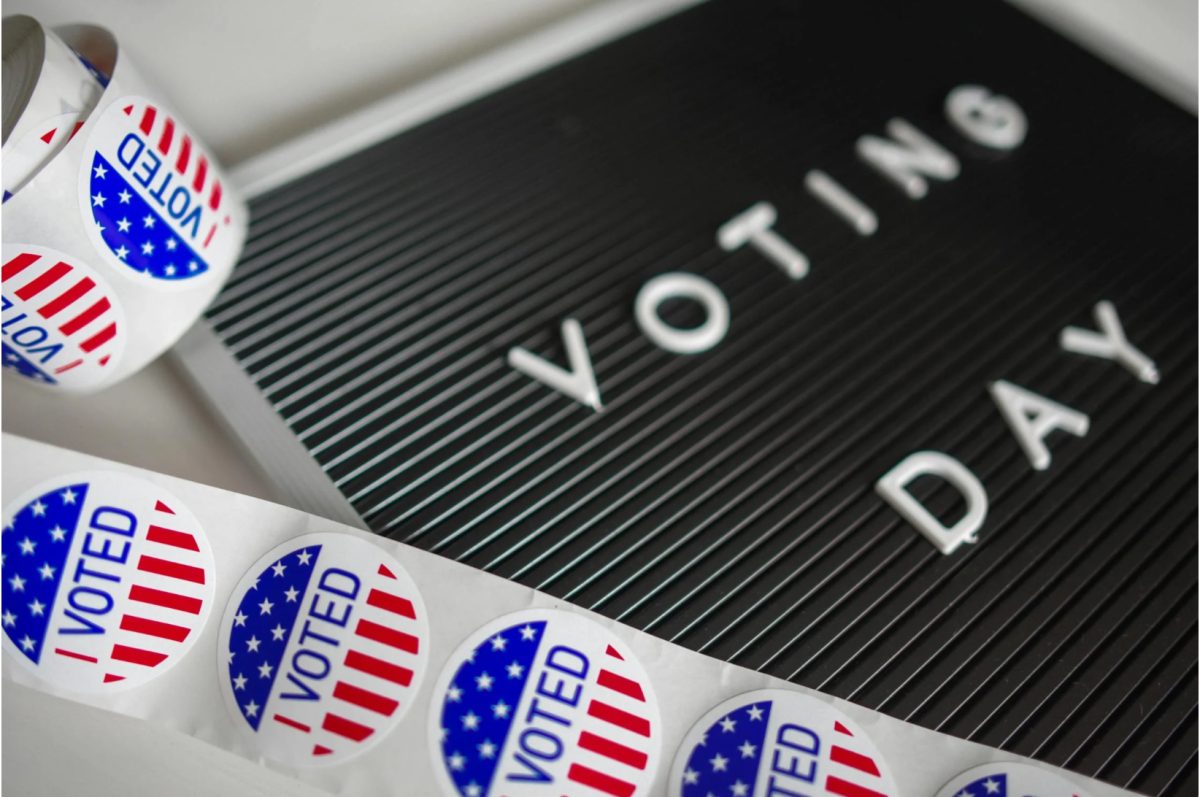As the conflict between Israel and Hamas continues to rage on, the American public only seems to become more and more divided. According to a Pew Research Center Poll, 21% of Republicans believe Israel is responsible for starting the war. This is in stark contrast to the 50% of Democrats that believe this. However divided the American people are over this issue, the stance of the American government remains firmly in support of Israel.
In opposition to overwhelming global support for peace between Israel and Hamas, the United States was one of ten nations to vote against a United Nations call for peace. The vote was held on Tuesday December 12th, and only demonstrates the diplomatic risks the United States is facing for its continued support of Israel. Although Joe Biden has been pushing Israeli Prime Minister Benjamin Netanyahu to reorganize his hard right leaning government and stop the indiscriminate bombing of Palestinians, no progress seems to have been made.
In fact, the United States has not made any serious attempts to even persuade Israel to negotiate with Hamas and has allowed other nations to take initiative. On Wednesday November 22nd, Qatar, the chief mediator between Israel and Hamas, announced an agreement had been reached detailing an exchange of hostages between the warring entities. In the deal, Hamas agreed to release 50 of its 237 hostages while Israel agreed to release 150 Palestinians from its prisons.
The result of this deal has led to Hamas releasing 81 Israelis, 24 foreign nationals, and 2 Americans from their imprisonment. This deal also came with a truce alongside the hostage exchange. The truce was intended to last 4 days but was able to last a full week. Unfortunately, this truce came to an abrupt and violent end after Israel resumed bombardment of the Gaza Strip after a suspected terrorist attack within Israel. Both sides point fingers at one another for the restart of the violence.
Blaming the other side for the continued violence has been a trend throughout the ongoing conflict. The war began on October 7, 2023, after an Hamas terrorist attack in which 1,200 Israelis were killed and 237 were taken hostage. Israel responded to this attack with indiscriminate bombing of Palestinian territory which has resulted in an estimated 47,100 casualties, including women and children.
The brutality and violence displayed by this conflict is yet another episode in a series of a nearly century long conflict starting with the Balfour Declaration, a British Colonial policy which established a Jewish state within Palestine in 1917. By 1946, as a direct result of the rise and fall of Nazism in Europe, upwards of 375,000 ethnic Jews had moved into the region, predominantly from Europe.
After World War II the United Nations proposed a plan to divide the land between the Palestinians and Israelis. However the Palestinians rejected this plan because it allocated 55% of the land to the Jewish population who accounted for only 33% of the population. This plan was never implemented because of the disagreement.
The Israelis then initiated Nabkha, an ethnic cleansing of Palestinian territory to expand the control of the Israeli state. Jewish paramilitary groups would raid Palestinian villages. Between 1947 and 1949, over 500 villages were burned resulting in the death of at least 15,000 Palestinian people. This genocide resulted in the state of Israel controlling 78% of the available land, relegating the last 22%, Gaza and the West Bank, to the Palestinians. Israel would go on to reluctantly grant the 150,000 Palestinians left living within their borders citizenship 20 years after their annexation of the land.
In 1967, the Six-Day War, was the next major Israeli-Palestinian conflict. This war started when the Israeli Army launched a preemptive strike against Egyptian and Syrian forces. The war ended after a mere 6 days of fighting, but Israel was able to capture the Sinai Peninsula, the Golan Heights, the Gaza Strip, and the West Bank. Israel annexed all of the previously mentioned territories and now controlled 100% of previously Palestinian territory. The Gaza Strip was returned to Egypt after the war.
The displacement of thousands more Palestinians ensued, and the ones who stayed in occupied territories were treated as second class citizens with no rights of expression. Under the Marxist-Leninist Popular Front for the Liberation of Palestine, many Palestinians resorted to terrorist and guerrilla style attacks on Israel. Palestinians also continued to lose land as Israelis would establish illegal settlements on Palestinian land.
Once again in 1987, violence erupted between the two nations. After an Israeli truck collided with a Palestinian van killing 4 Palestinians the first Intifada would begin. This uprising led to the establishment of the Hamas movement which began a consistent armed rebellion against Israeli occupation. During this period of instability, Israel killed 1,070 Palestinians and arrested upwards of 175,000.
The Intifafda came to an end in 1993 when the Oslo Accords were signed. In this agreement, Israel took more Palestinian land and now controlled 66% of the West Bank. The Palestinian Authority was established during these agreements and was originally supposed to be a democratic Palestinian government, but has essentially just become another channel for Israel to control Palestine’s territory. In 1995 Israel also built concrete walls around Palestinian settlements, severing communication between Palestinians.
Israel began a full blockade of the Gaza Strip in 2007 to prevent further Hamas terrorism. They have launched 5 military operations within the strip since then in 2008, 2012, 2014, 2021, and the most recent attack in 2023. More than 2 million Palestinians have remained trapped within Gaza since the beginning of this blockade.
The United States has supported Israel since its inception. But the unwavering support seen today began under John F. Kennedy emphasized America’s “special relationship”with the Israeli people. At the time of the Six Day War in 1967, the United States was more than happy to support Israel in its fight in order to prevent the spread of communism in the region. From there, we have seen the United States continue to show unwavering support for Israel.
Author’s note: The conflict between Israel and Palestine is an intricate issue that requires an accurate understanding of the history and motivations from both sides. This article is meant for purely informational purposes and does not intend to support one side or the other in this conflict. One should learn the facts about both sides before blindly believing one side or the other.








